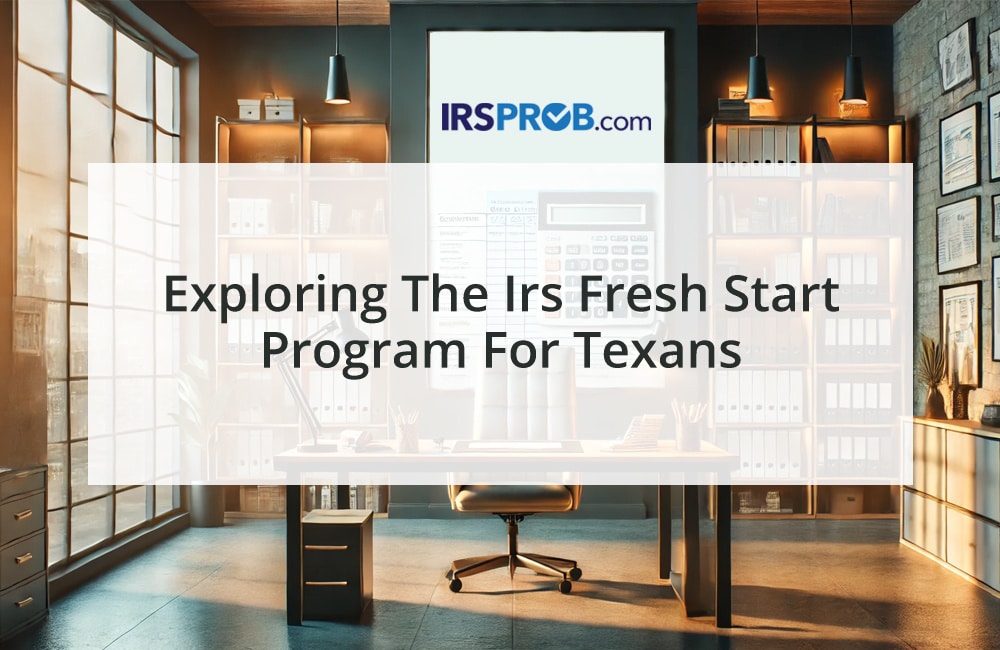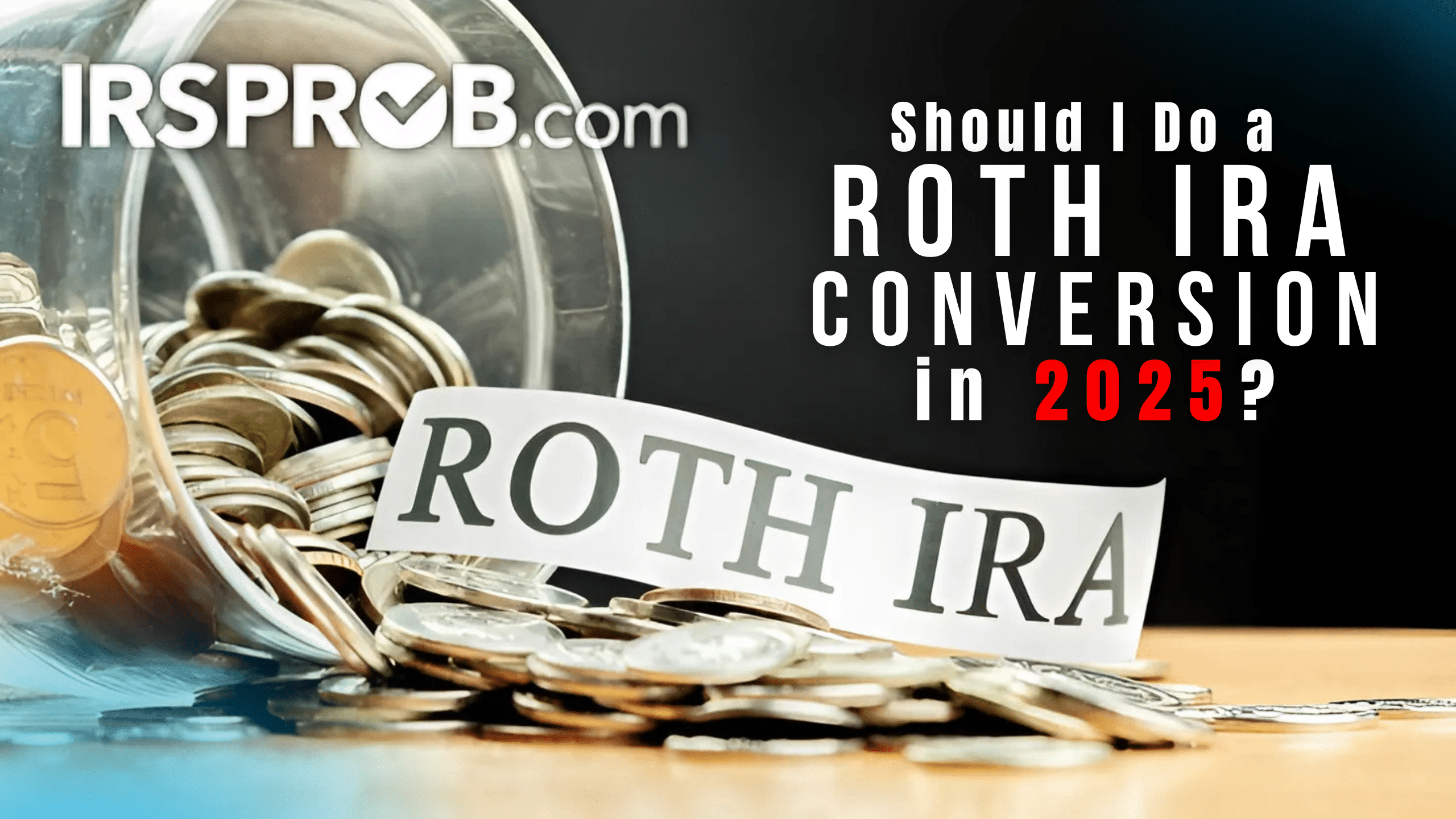
As Donald Trump prepares for his presidential term in 2025, his tax policies and priorities are already a hot topic, particularly for business owners navigating an evolving financial landscape. This post will help you understand the potential tax shifts and strategies to prepare for these changes.
Key Tax Proposals and Expiring Provisions
- Tax Cut Extensions: The 2017 Tax Cuts and Jobs Act (TCJA) provisions, which introduced lower individual income tax rates, higher standard deductions, and an increased estate tax exemption, are set to expire after 2025. Trump plans to make these cuts permanent, aiming to retain lower rates and extend these benefits for taxpayers and businesses alike.
- Corporate Tax Rate Reduction: One of Trump’s goals is to drop the corporate tax rate to 15% for many C corporations, positioning the U.S. as a more competitive environment for businesses. This reduction could potentially boost cash flow and profitability for corporations, allowing reinvestment in growth and expansion. Business owners structured as C corps should consider how this reduction might influence their long-term strategies and tax liabilities.
- Tariffs and Green-Energy Tax Credits: Trump intends to impose broad tariffs on imported goods while also ending green-energy tax credits. This shift could impact costs for businesses relying on imported materials or involved in green energy investments. For business owners, it may be prudent to assess the potential impact on supply chains and evaluate current energy-related deductions or credits to maximize them before they potentially end.
- 1099-K Changes for Gig and Small Business Workers: If Congress doesn’t act, businesses earning over $5,000 from third-party payment platforms like PayPal or Venmo will receive a Form 1099-K in 2024. This increased reporting could bring new compliance responsibilities and scrutiny for small businesses and gig workers. Preparing for accurate income reporting and tracking may help prevent tax complications.
- Employee Health Savings Accounts (HSAs): For businesses offering health plans, the HSA limits for 2025 will be $4,300 for individual coverage and $8,550 for family coverage, with an additional $1,000 for those aged 55 or older. Business owners offering HDHPs (high-deductible health plans) can emphasize these HSAs as a tax-advantaged tool to attract and retain employees.
- Retirement Plan Contribution Increases: Contributions to 401(k) plans in 2025 will rise to $23,500, with higher catch-up amounts for those born before 1976. SIMPLE IRA contribution caps and Roth IRA income thresholds will also increase, providing enhanced retirement-saving opportunities for business owners and their employees.
Tax Planning Strategies for Business Owners
- Charitable Contributions: Business owners can benefit from “bunching” charitable contributions, especially if these donations are in appreciated assets like stocks. Contributions can reduce taxable income significantly, making it advantageous to plan these donations strategically across 2024 and 2025.
- Leveraging Bonus Depreciation and QBI Deduction: For qualifying assets placed in service by the end of 2024, businesses can use 60% bonus depreciation. Additionally, the 20% Qualified Business Income (QBI) deduction remains available for many small business owners, including LLCs, S corporations, and other pass-through entities. Maximizing these benefits before potential changes in 2026 is essential to reduce taxable income effectively.
- Shifting Income and Expenses: Business owners using the cash method of accounting have flexibility in timing income and expenses. Consider deferring income to 2025 while accelerating deductions in 2024, especially if your taxable income is near a higher QBI threshold. This approach can help you stay within limits for deductions and potentially reduce your overall tax liability.
- Year-End Tax Moves: Consider harvesting capital losses to offset gains, reducing the taxable income from your investments. Additionally, leveraging retirement plan contributions and exploring energy-efficient property credits can provide strategic advantages in lowering tax bills.
- Planning for Tariff and Supply Chain Adjustments: With potential new tariffs on imported goods, assessing supply chains and exploring domestic suppliers can mitigate risk. If your business is affected by green energy credits, take full advantage of these before they are phased out to maximize your tax benefits.
Preparing for Legislative and IRS Changes
With Republican control likely in both the Senate and possibly the House, Trump’s tax agenda may face fewer obstacles. If Republicans hold Congress, a large tax reform package may be expected in 2025, with most changes effective in 2026. However, if the House flips Democratic, bipartisan negotiation could mean scaled-back reforms.
Business owners should remain aware of IRS updates, especially concerning enforcement and reporting. The IRS’s increasing focus on underreporting means ensuring accurate and thorough record-keeping for all income, expenses, and deductions claimed.
Final Thoughts
With potential tax changes on the horizon, 2025 is shaping up to be a critical year for tax planning. Now is the time to consider how these shifts could impact your business and personal finances. Proactively strategizing can maximize your tax efficiency under the current law while preparing for the changes ahead.
For customized tax planning and guidance tailored to your business, reach out to a tax advisor who understands your unique needs and goals. Preparing now can help position your business for success amid this evolving tax landscape.









